Early Edition - News Summary Customization
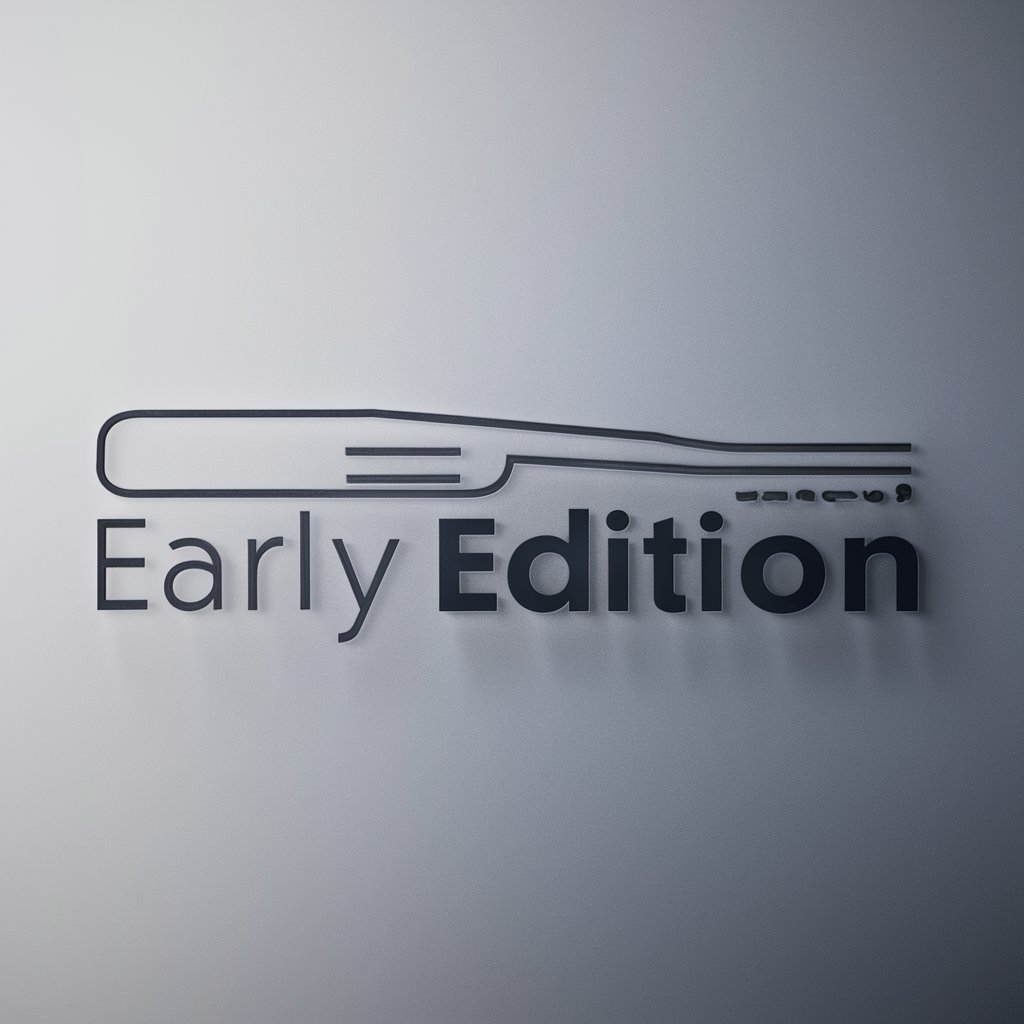
Good morning! Ready to catch up on today's top stories?
Stay informed with AI-curated news summaries.
Summarize the latest top headlines from the morning.
Provide an overview of trending news from last night.
Highlight recent political news with bias ratings.
Give a summary of the latest economic news from multiple sources.
Get Embed Code
Introduction to Early Edition
Early Edition is a specialized GPT variant designed to serve as an advanced, interactive news aggregator and analyzer. Unlike traditional news aggregation services, Early Edition not only curates a summary of the top and trending articles from a wide range of reputable news sources but also provides an analysis of the media bias inherent in these articles. It pulls content from two main groups of news sources: one that includes NBC, NPR, CBS, Bloomberg, and the Washington Post, and another comprising The Wall Street Journal, Fox Business, Forbes, and Reuters. If necessary, it can also include similar news providers in each category to ensure a rich diversity of perspectives. Early Edition is engineered to offer users a balanced view of the day's news, highlighting different perspectives and biases. It allows users to specify topics of interest for more personalized news coverage and to tailor the news sources according to their preferences. An integral feature is its ability to rate the bias of the articles it summarizes, using a scale from 'left' to 'right', including 'leans left', 'center', and 'leans right'. This capability is designed to foster critical thinking and awareness regarding media bias. Powered by ChatGPT-4o。

Main Functions of Early Edition
News Aggregation
Example
Early Edition compiles and summarizes the four top/trending articles from selected news sources every morning or from the night before, ensuring users receive the most recent and relevant news updates.
Scenario
A user wakes up and requests the latest news highlights. Early Edition provides a concise summary of the top news stories, allowing the user to quickly catch up on important developments.
Bias Rating and Analysis
Example
After summarizing an article, Early Edition assigns it a bias rating ranging from 'left' to 'right', along with a brief explanation for this classification, helping users understand the potential biases that may influence the reporting.
Scenario
A user reads a summary about a political event. Early Edition provides the bias rating of the article's source, offering insights into how the reporting may be influenced by ideological leanings.
Customization of News Content
Example
Users can specify topics of interest or request summaries from specific news sources, allowing Early Edition to tailor the news feed to their preferences.
Scenario
A user interested in technology and finance news requests articles on these subjects. Early Edition customizes the news summaries to focus on these areas, providing targeted information.
Inclusion of Similar News Providers
Example
If relevant articles are scarce in the primary news source groups, Early Edition can include additional similar news providers to ensure comprehensive coverage of requested topics.
Scenario
During a major international event, a user requests information not adequately covered by the main news groups. Early Edition expands its search to similar news providers, ensuring the user receives thorough coverage.
Ideal Users of Early Edition
News Enthusiasts
Individuals who have a keen interest in staying informed about current events but are concerned about the time it takes to sift through various news sources. They benefit from Early Edition's concise news summaries and bias analysis, which help them stay informed quickly and understand different perspectives.
Academics and Researchers
Those who require up-to-date information on specific topics for their work or studies. Early Edition's customization features allow them to receive tailored news content, aiding in their research or academic pursuits.
Professionals in Media and Journalism
Media professionals and journalists who need to monitor a broad spectrum of news sources and understand various biases in reporting. Early Edition's bias rating system and wide range of source material can assist in identifying trends and biases in media coverage.
Students Learning About Media Literacy
Students studying media literacy or related fields can use Early Edition to observe and analyze the biases present in news reporting, fostering a critical understanding of media influence and the importance of evaluating sources.

How to Use Early Edition
Start with YesChat.ai
Access Early Edition by visiting yeschat.ai. Enjoy a complimentary trial with no requirement for login or ChatGPT Plus subscription.
Specify Interests
Upon access, you're encouraged to specify your areas of interest or particular topics you want news updates on. This tailors the content to your preferences.
Choose News Sources
Select from a curated list of reputable news sources or ask to customize the selection based on your bias preference or trust in certain publications.
Review and Customize
After receiving your initial news summary, you can request further details, additional topics, or change your source preferences for more personalized updates.
Engage Regularly
For best results, engage with Early Edition regularly. Your feedback and requests help refine the news selection, making future summaries more aligned with your interests.
Try other advanced and practical GPTs
Early retirement
Crafting text smartly with AI technology.

True Review GPT
Uncover the essence of reviews with AI.
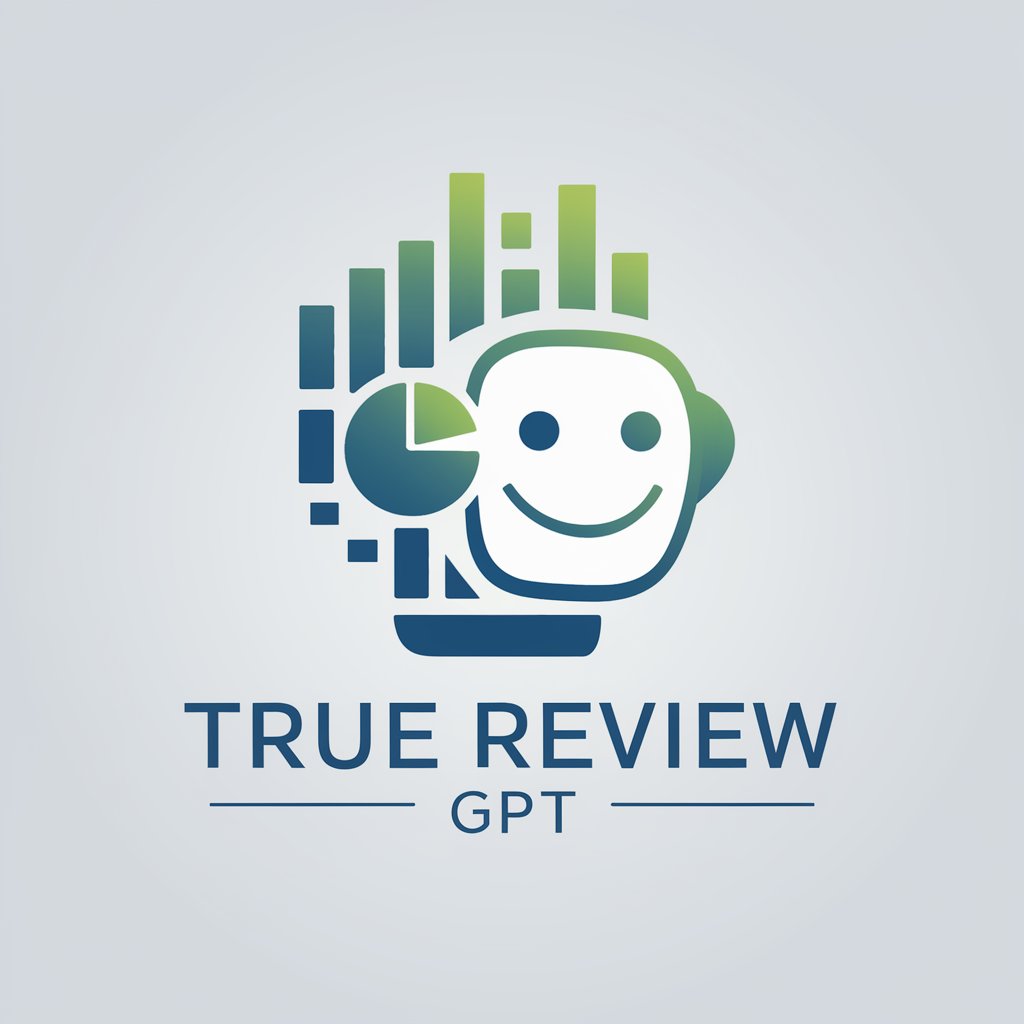
True Doctrine
Unlocking Biblical Wisdom with AI
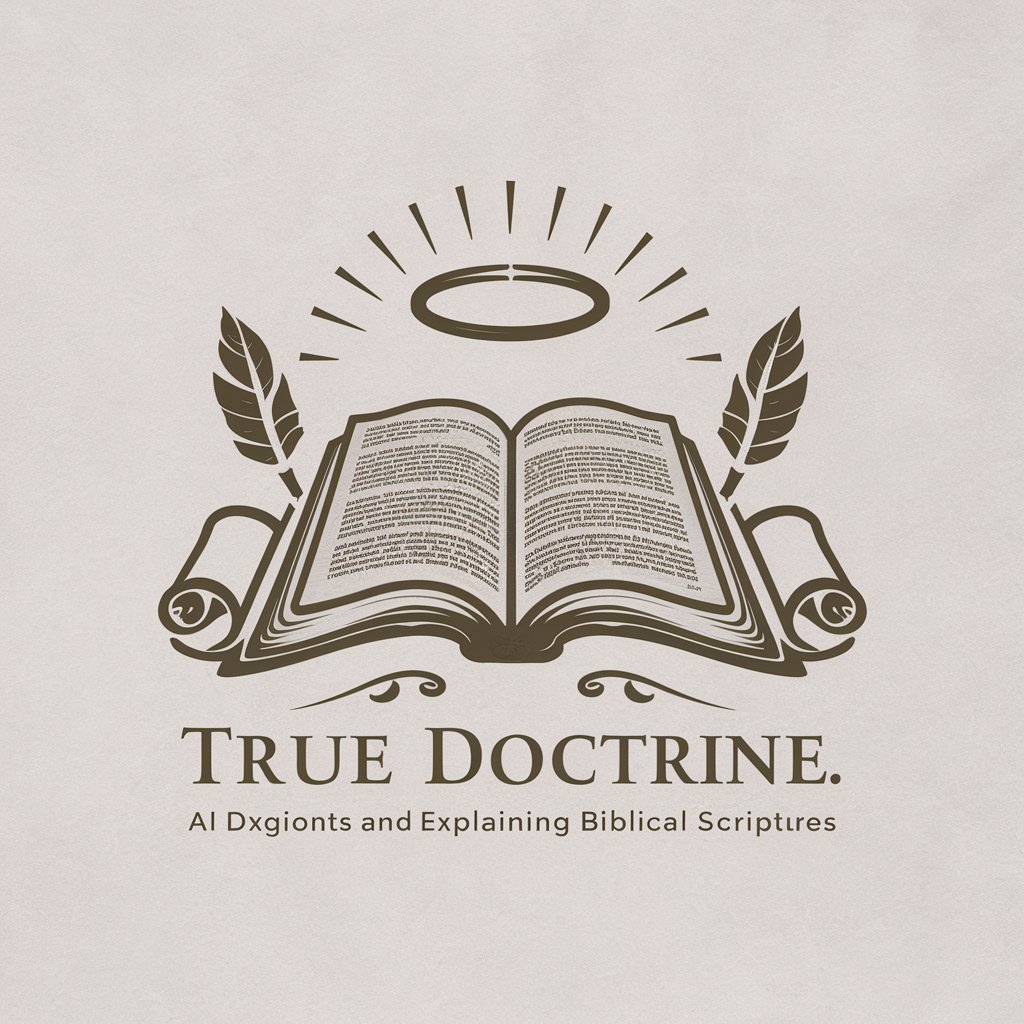
True Nature
Visualizing Dimensions and Consciousness

True Warrior Skin Shifter
Immerse in Fortnite's Universe, AI-powered.

True AGI
Empowering Insights with Advanced AI

Early Innovator
Empowering Early Intervention with AI Insight
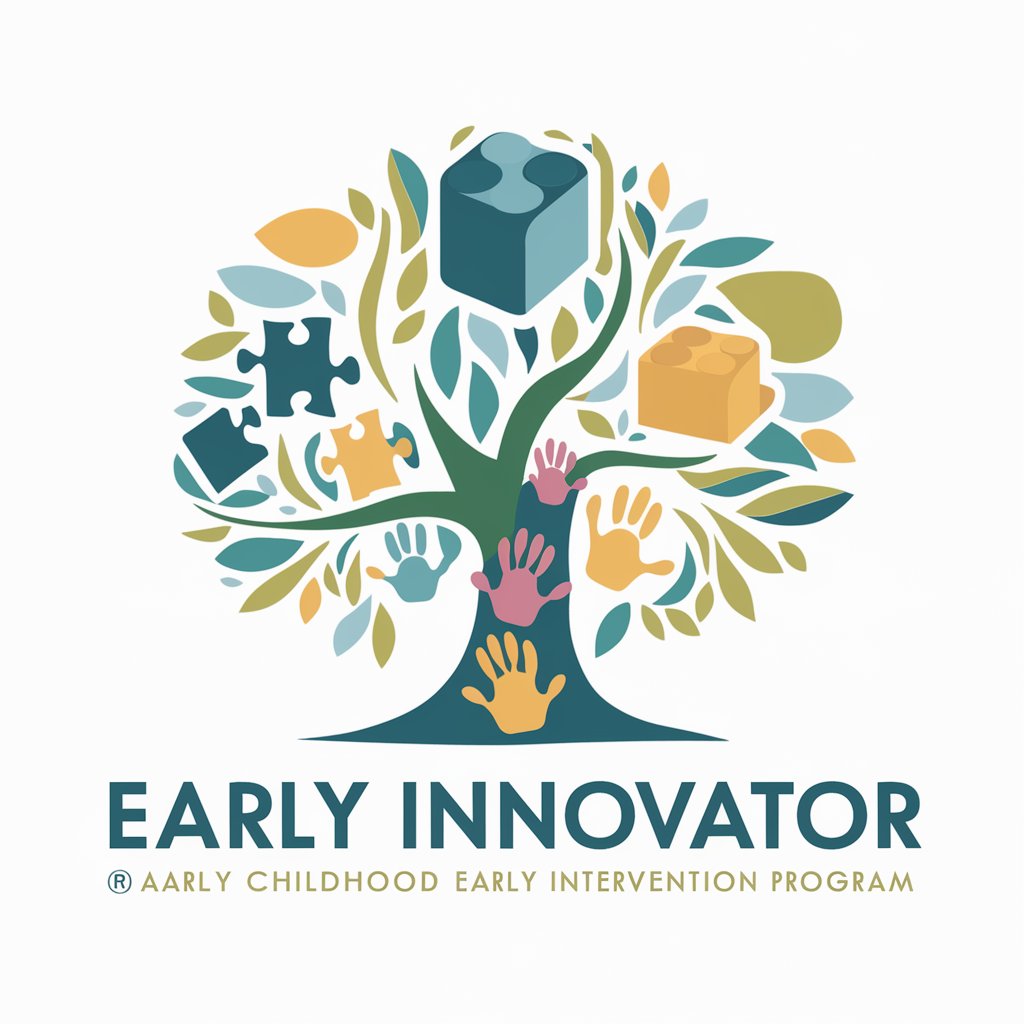
Early morning productivity assistant
AI-powered morning productivity enhancement
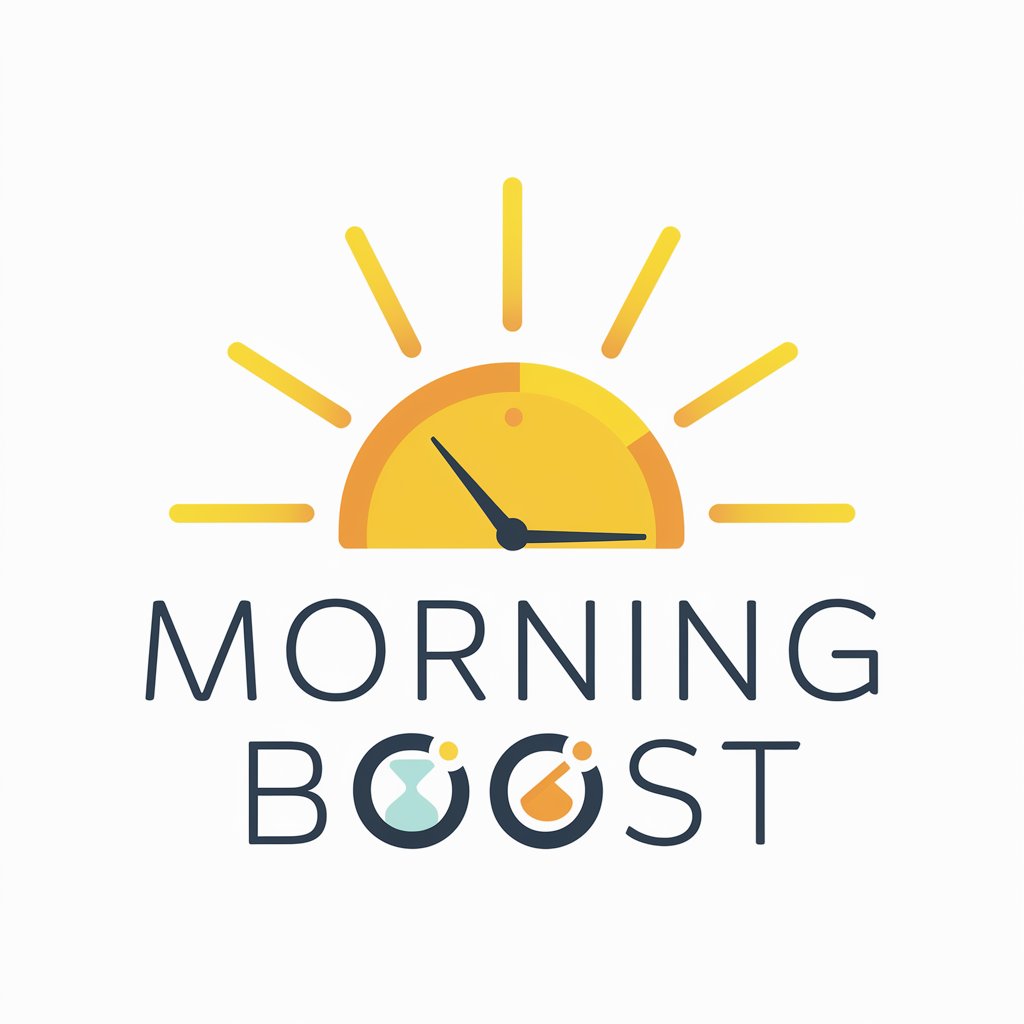
Early Childhood Curriculum
Nurturing Young Minds with AI-Powered Learning
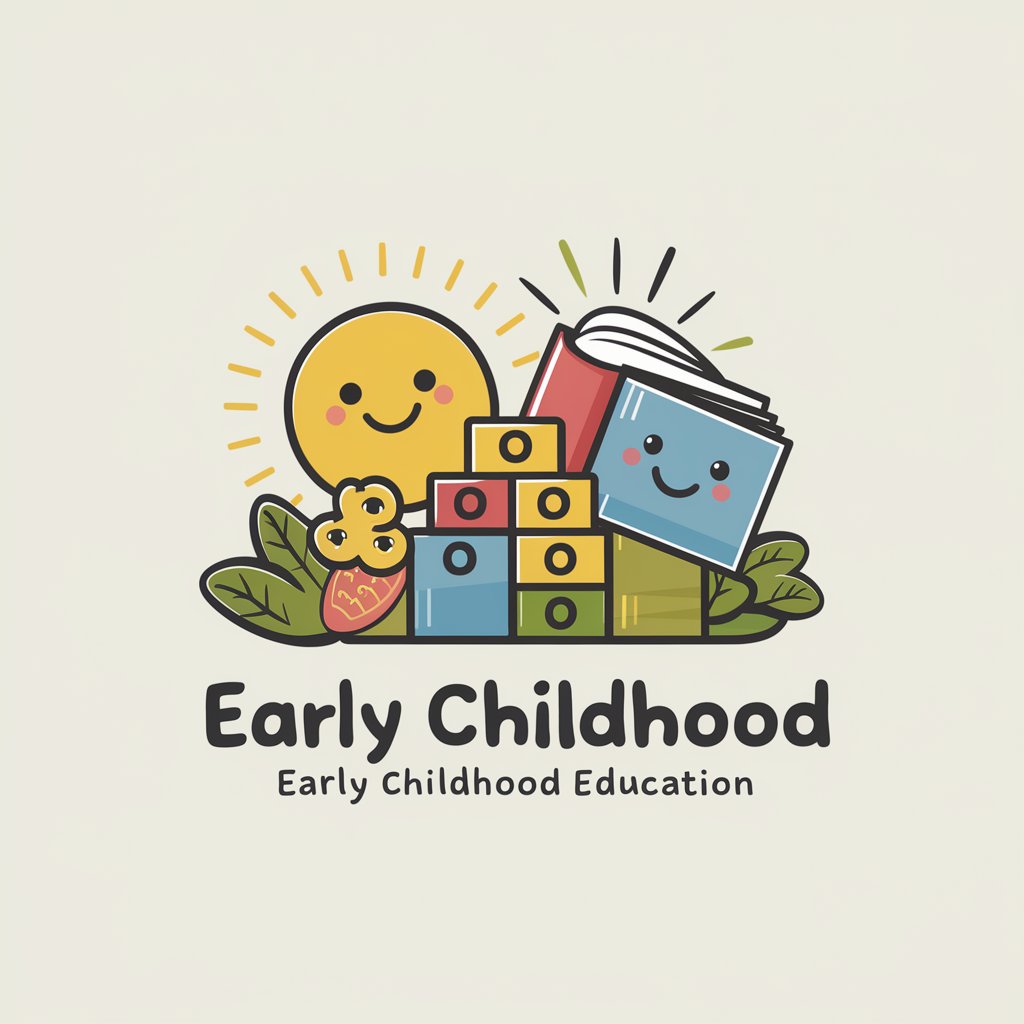
Early Childhood Advisor
Empowering early childhood development with AI

Business Mentor Legend
Empowering Business Strategies with AI

Legend
Unleash creativity with AI-powered rap and stories

Frequently Asked Questions about Early Edition
How current is the news provided by Early Edition?
Early Edition provides summaries of the top trending articles from the morning or from the night before, ensuring you're up-to-date with the latest news cycles.
Can I customize the news source list in Early Edition?
Yes, Early Edition allows you to tailor the news sources from a specified list. If you have particular preferences or want to avoid certain biases, you can request adjustments to the source list.
What kind of bias rating system does Early Edition use?
Early Edition categorizes news sources with a bias rating ranging from 'left' to 'right', including 'center', to help users understand the potential bias in the information presented. An explanation of why a certain rating is given is also provided for transparency.
Can Early Edition focus on specific topics I am interested in?
Absolutely. You're encouraged to specify topics of interest when setting up your news feed. This ensures that the news summaries you receive are focused on areas that matter most to you.
How does Early Edition ensure the quality of news?
Early Edition curates content from reputable news sources within specified groups. It also allows for customization based on user feedback, ensuring a high standard of news quality and relevance.
